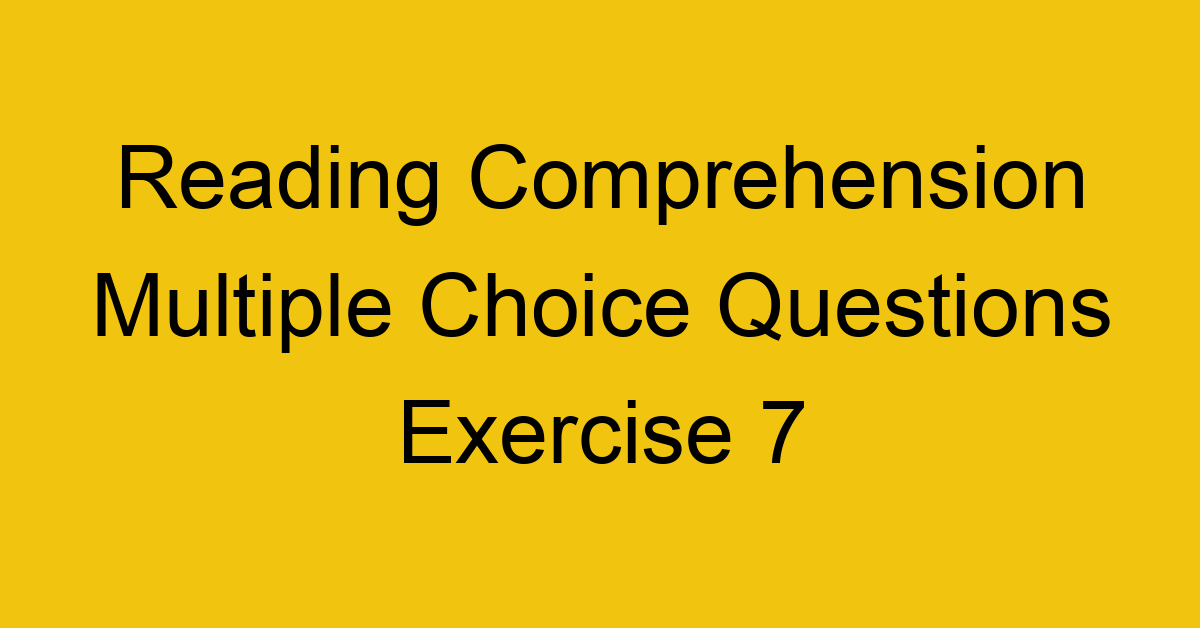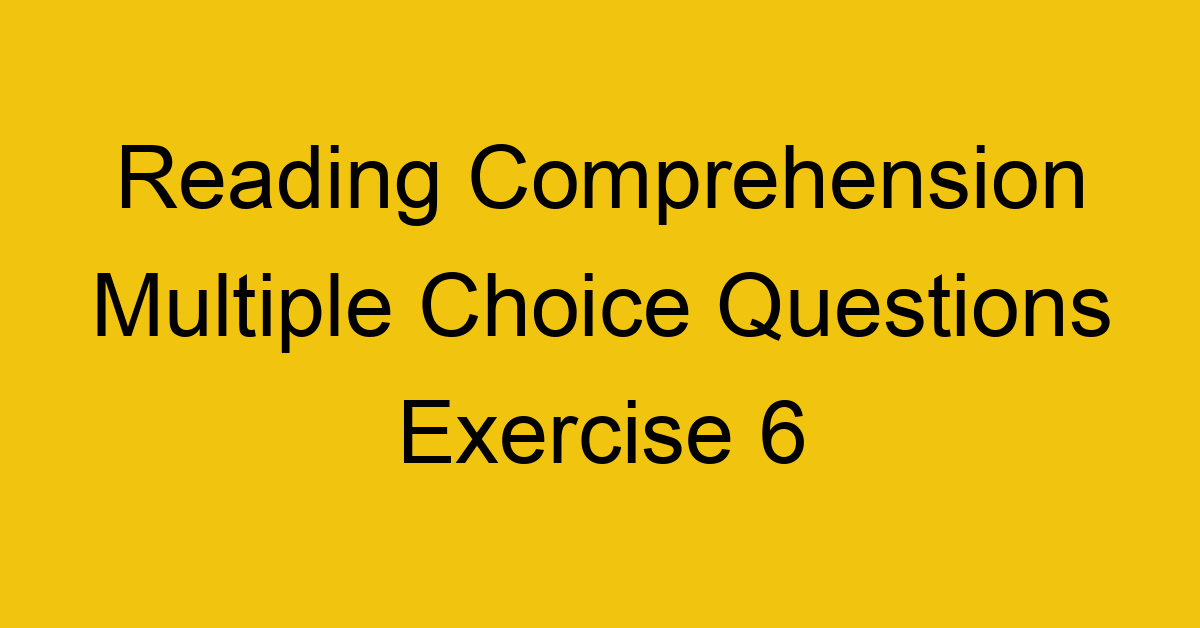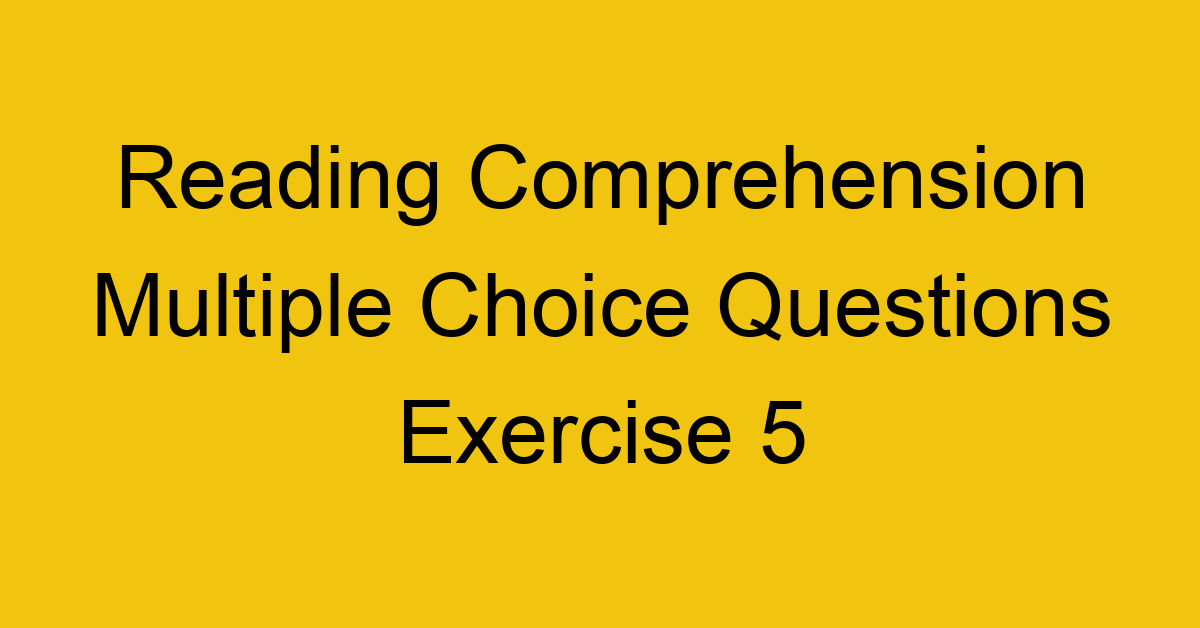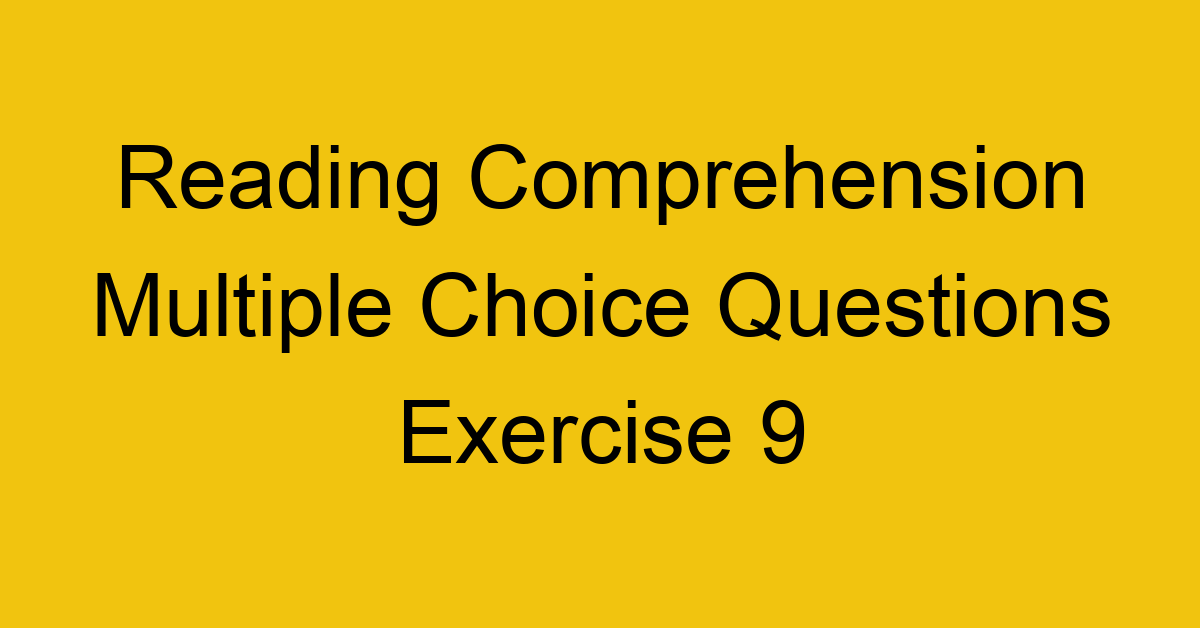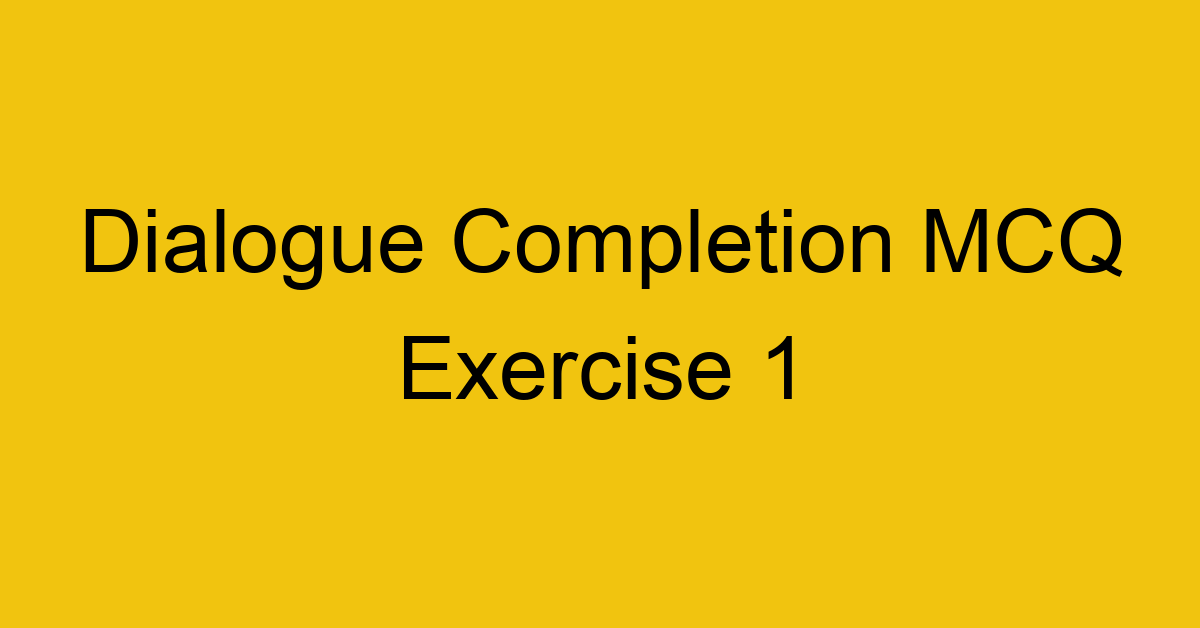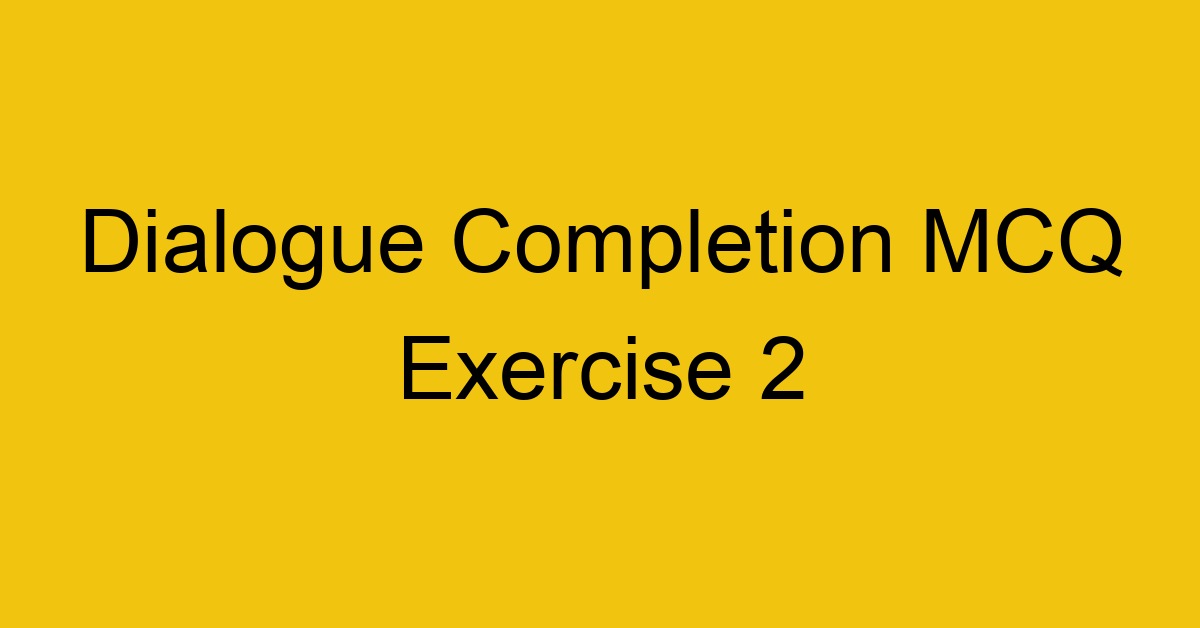Reading Comprehension Multiple Choice Questions Exercise 8
Question 1 |
(Please note: The following questions are related to a specific reading passage, available solely before the first question. Remember, referring back to the reading text while answering the questions may be helpful to ensure accuracy.)
What has caused the increasing popularity of the Green Peace Movement during recent years? Is there a possibility that the public is being informed by scientists of dangers to the world more than in the past? Or, is it possible that politicians are not hiding the facts that have been known to them but which have not been told before?
These factors probably have had an influence on the Green Peace Movement, but the damage to nature can actually be seen by everyone today. It affects every society in all regions of the world. It is frightening, and people are now starting to take a stand against industrialisation and other developments which are destroying their lives and the future of their children.
This passage is about _____.
A | the Green Peace Movement |
B | man's constant interest in nature |
C | new realisations made in all areas of the world about changes in nature |
D | politicians and what they have not told us before |
E | the societies which have effects that interest people |
Question 2 |
The reason more and more people are becoming concerned with the world is _____.
A | because politicians are becoming more honest |
B | due to the new information given to them by scientists |
C | because people can see the damage to nature |
D | due to the fact that they are worried about their children |
E | because the GREEN PEACE MOVEMENT has taught them the new problems that exist |
Question 3 |
The Green Peace Movement _____.
A | is against people |
B | wants to destroy nature |
C | is fighting with politicians |
D | is trying to prevent the loss of nature |
E | is working to increase industrialization |
Question 4 |
Mary was blind at birth. Doctors during those years had been unable to do anything to correct the situation and although her parents lived in anguish, not being able to see was normal for her. After years of training to live in a dark world, Mary got a job and moved into her own flat. Several years later, the doctors she occasionally visited for check-ups told her that a new technique had been found. This technique could restore her sight. One would think that Mary would have jumped at the possibility to see, but actually, she was not at all happy about this situation. She had never seen anything before. She had established a life for herself in a world without sight and the thought of changing this lifestyle was frightening. She was more frightened of seeing than of not.
The best TITLE for this passage is _____.
A | Living with Blindness |
B | Fear of Blindness |
C | The Desire to See |
D | Biography of Mary |
E | Problems with Doctors |
Question 5 |
Being able to see was _____.
A | something Mary had not expected |
B | what Mary wanted |
C | a welcome surprise for Mary |
D | what Mary was accustomed to |
E | not necessary for our lives |
Question 6 |
According to the passage, Mary’s inability to see was _____.
A | a handicap caused by her doctors |
B | what had upset her |
C | present when she was been born |
D | what had caused her to move into her own flat |
E | preventing her from a normal life |
Question 7 |
Meditation is an important part of most Eastern religions and philosophies. The major Eastern religions, Hinduism and Buddhism, both present meditation as part of their philosophies. In these religions, meditation is referred to as Yoga. Yoga means: "diversion of the senses from the external world and concentration of thought within". The aim of Yoga is to control the body and cleanse the mind to achieve purity and awareness of the self. Many Yoga techniques are used throughout the world today as a form of relaxation. Most meditation starts with exercises that help control breathing. Westerners find that Yoga helps them cope with the pressures of everyday life.
According to this passage, Yoga is _____.
A | a technique used to relax |
B | a form of relaxation |
C | an eastern religion |
D | a philosophy of life |
E | a form of body and mind control |
Question 8 |
Hinduism and Buddhism _____.
A | refer to Yoga as a form of worship |
B | teach breathing control |
C | relax the body |
D | use meditation |
E | prefer meditation to Yoga |
Question 9 |
To achieve purity and awareness of the self, _____.
A | one must practice relaxing |
B | cope with the pressures of life |
C | concentrate on Yoga |
D | learn to control the body and mind |
E | become a Buddhist |
Question 10 |
The United Nations was created by a charter signed by delegates from 50 countries on 26 June 1945. The headquarters of the UN is in New York City. Its official languages are Chinese, English, French, Russian, and Spanish. The UN is an international organisation that works for world peace, security, and the betterment of all mankind. There are six major organs of the UN that carry on the work of the organisation. These six major organs are the General Assembly, the Security Council, the Economic and Social Council, the Trusteeship Council, the International Court of Justice, and the Secretariat.
According to the passage, the charter of the United Nations _____.
A | was created in New York |
B | established its existence |
C | was for world peace |
D | helped mankind |
E | made the organs work better |
Question 11 |
The main _____.
A | working units of the UN are made up of 50 countries |
B | building of the UN is located in 5 different countries |
C | language of the UN is based on 5 other languages |
D | city for its functioning is New York City |
E | building of the UN is located in New York City |
Question 12 |
Representatives of most of the world's countries _____.
A | decided to sign an agreement to work for the UN |
B | established a multi-national headquarters |
C | made the UN official |
D | agreed to work together for peace and security in the world |
E | disagreed about how many organs they needed |
Question 13 |
Ballet dancers were originally all men. Women only began to appear in performances in 1681, in Paris. The encouragement of King Louis XIV of France is greatly responsible for the establishment of ballet as one of the major art forms seen today. Many young girls begin ballet lessons at around the age of five and train for many years before they are good enough to perform. Most never do perform at all, but the graceful movements and control of the body acquired by anyone who has ballet training encourage parents to obtain at least several years of lessons for their young daughters.
Parents _____.
A | want their children to learn to be dancers |
B | want their children to have a graceful form |
C | want their children to be able to control their bodies with grace |
D | want their children to train for five years to perform |
E | make their children learn to be a ballerina |
Question 14 |
King Louis XIV _____.
A | encouraged and supported the art of ballet |
B | assisted dancers to learn ballet |
C | had graceful movements and body control |
D | supported ballet so he could take lessons |
E | made women dance with men during ballet performances |
Question 15 |
Women _____.
A | performed ballet before men |
B | did not perform in France |
C | perform better than men |
D | were not the original dancers |
E | were supporters of Louis XIV |
Question 16 |
Antarctica is used _____.
A | by the Russians |
B | as a laboratory |
C | by various countries of the world for their own use |
D | by only 17 nations |
E | to establish territorial-claims |
Question 17 |
The first confirmation of the existence of an ice continent at the South Pole was made by the Bellingshausen expedition in 1820. This expedition was conducted for Imperial Russia. In 1959, the Antarctic Treaty was signed by 17 nations. This treaty protects the continent from territorial claims by any country and maintains it as a continent set aside for scientific studies. This natural laboratory has many research bases on it, established by various countries of the world. Most of these work together to obtain information for scientific study.
The Antarctic continent was _____.
A | first discovered in 1820 |
B | protected from scientists |
C | a possession of Imperial Russia |
D | a part of the Bellinghausen expedition |
E | owned by the Russians |
Question 18 |
The Antarctic Treaty _____.
A | protects the continent from further expeditions |
B | was signed at the North Pole |
C | was prepared by the Bellinghausen expedition |
D | was prepared in 1959 |
E | protects it from any country that might want to claim it as their own |
Question 19 |
The child followed his grandmother into the garden. As they walked slowly towards the little building at the back, the child heard strange noises and suddenly stopped. The grandmother turned and laughed warmly at her grandson's frightened expression. He had never been this close to animals before and was too young to recognise the sounds he heard. She handed him the bowl she had been carrying and picked him up. In the safety of her arms, he relaxed and together, they entered the coop to feed the chickens.
The child was frightened of _____.
A | the building at the back of the garden |
B | the animal noises from the coop |
C | the chickens |
D | his grandmother’s laughter |
E | the bowl in his grandmother's hands |
Question 20 |
The grandmother picked up her grandson _____.
A | so that she could walk quicker |
B | to reassure him |
C | so he would not run away |
D | because he could no longer walk |
E | to show him the coop |
Question 21 |
They were going _____.
A | to feed the chickens |
B | to relax in the garden |
C | to take some exercise |
D | to see what the noise was about |
E | to get the bowl |
⇦ |
List |
⇨ |
| 1 | 2 | 3 | 4 | 5 |
| 6 | 7 | 8 | 9 | 10 |
| 11 | 12 | 13 | 14 | 15 |
| 16 | 17 | 18 | 19 | 20 |
| 21 | End |
